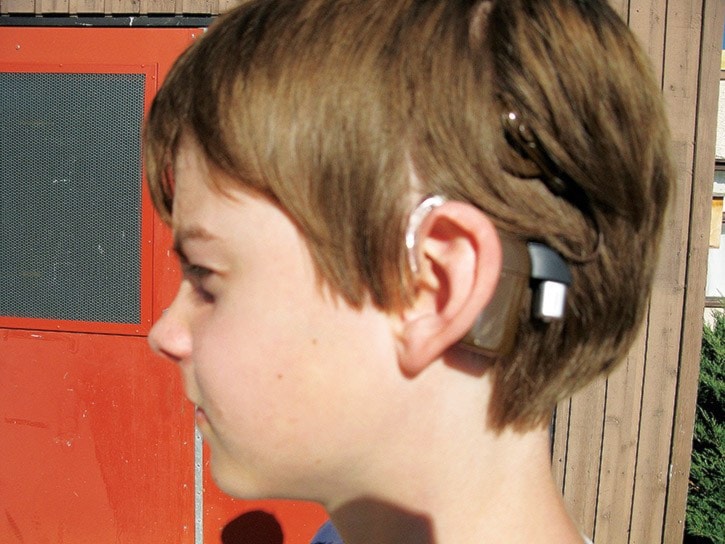Hearing loss has been called an invisible disability because it is not easily identified as a person in a wheelchair, or a blind person with a cane.
A 2002 study stated that more than one million adults across Canada indicated they had a hearing loss.
It has been suggested that the number could be closer to $3 million because many people are reluctant to admit they have hearing difficulties and don’t seek help or don’t know where to go.
Some people are also unaware they have hearing loss, until family or friends tell them.
It has been reported that 50 per cent of Canadians over the age of 65 have a hearing loss, and it is considered the fastest growing disability in North America.
Hearing loss can be unilateral (one ear) or bilateral (both ears), and levels range from minimal, mild, moderate, severe or profound, or a combination of these levels.
Exposure to noise causes permanent hearing loss; and middle ear problems, such as fluid in the middle ear, causes hearing loss that is usually resolved with medical treatment.
Williams Lake and area residents are fortunate to have a full-time audiologist at Interior Health who works with children birth to 19 years of age, and three private hearing clinics in our area have providers who work with adults.
Since 2007, B.C. babies have hearing screened before they leave the hospital or rural clinic, or shortly after.
Early identification of hearing loss and prompt fitting with hearing aids, if required, greatly reduces the debilitating effects on language development and communication.
Helen Keller has been quoted as saying, “Blindness separates us from things but deafness separates us from people.”
Parents of a child with a profound hearing loss require timely support and counselling to decide on a choice of language: sign language or oral language with hearing aids or a cochlear implant.
Few supports for people who communicate with sign language are available in rural areas of B.C., and some local parents have chosen to send their children to the BC School for the Deaf in Burnaby, where they spend the school week, and return to their homes every weekend and holiday.
Some parents of children in School District 27 have decided on oral education for their children with cochlear implants.
The Cochlear Implant Centre at BC Children’s Hospital is currently celebrating its 25 year anniversary.
Since 1988, 300 children in B.C. have received cochlear implants.
Children with cochlear implants, such as WLSS Grade 8 student Jakob Larmand, are doing well in their local schools, with support from outstanding teachers and staff.
Barbara Doedel is a School District 27 teacher for the deaf and hard of hearing.
